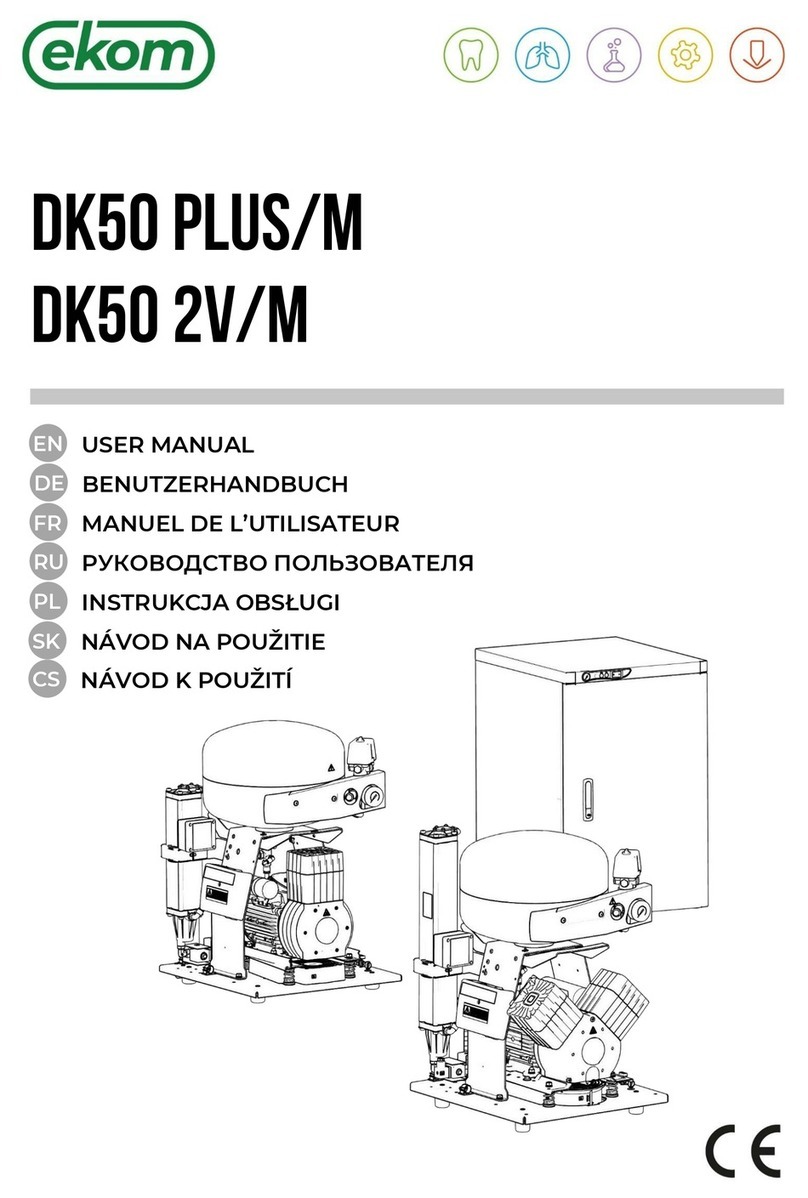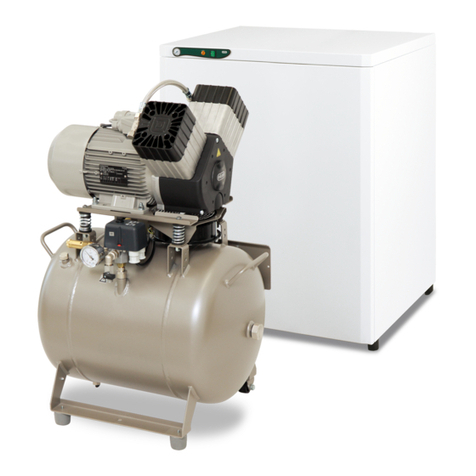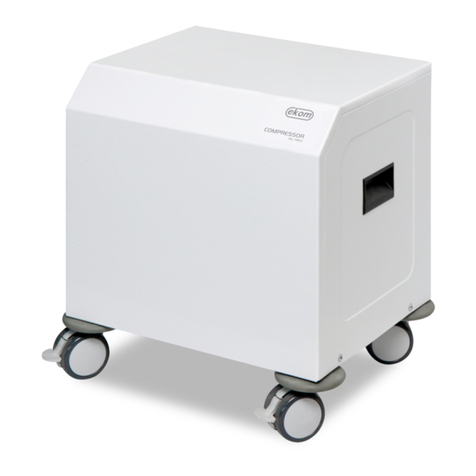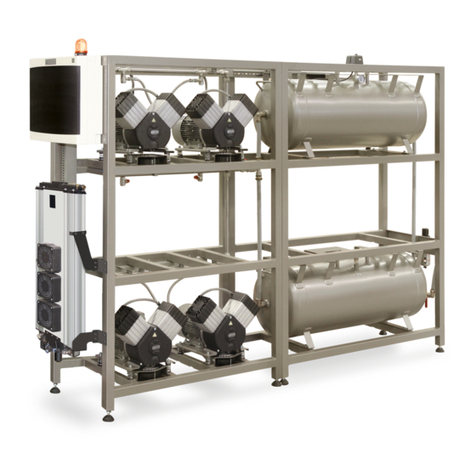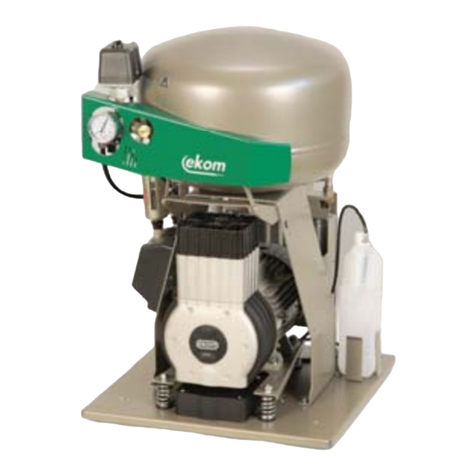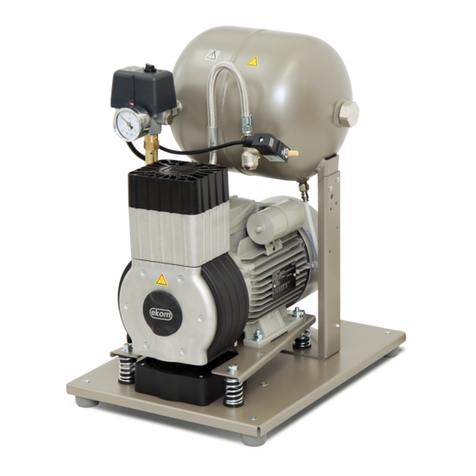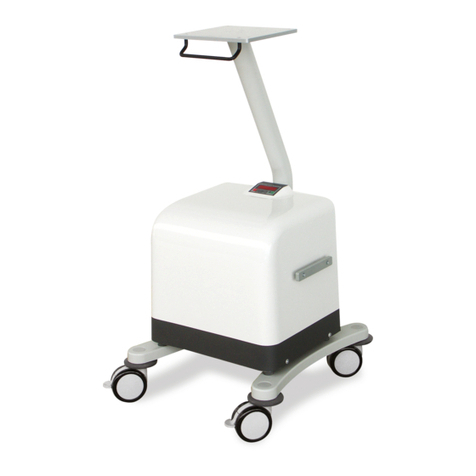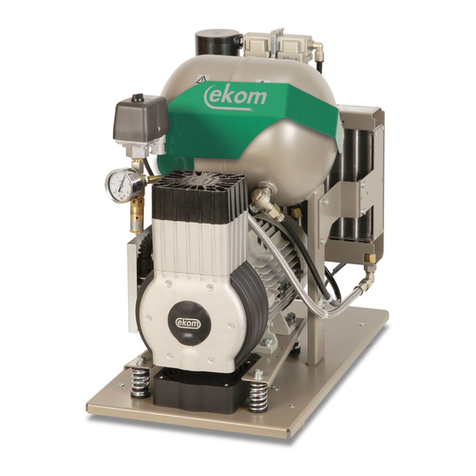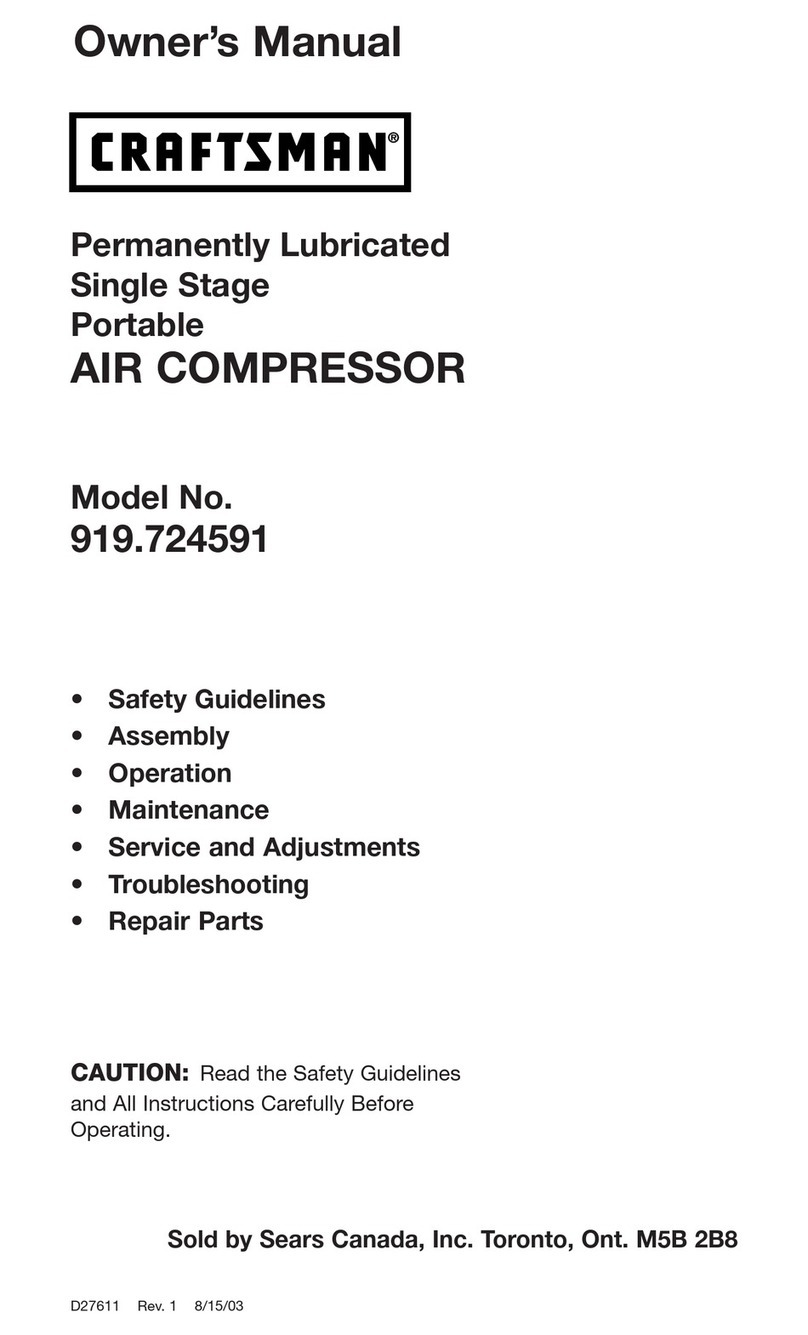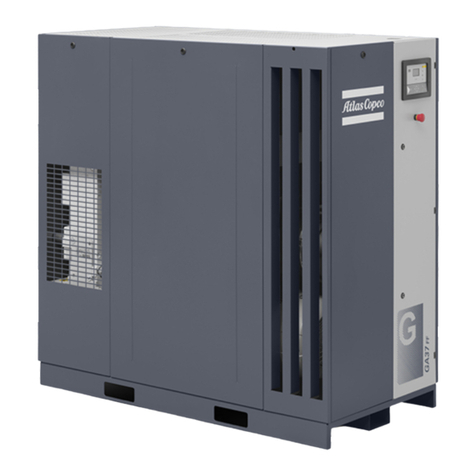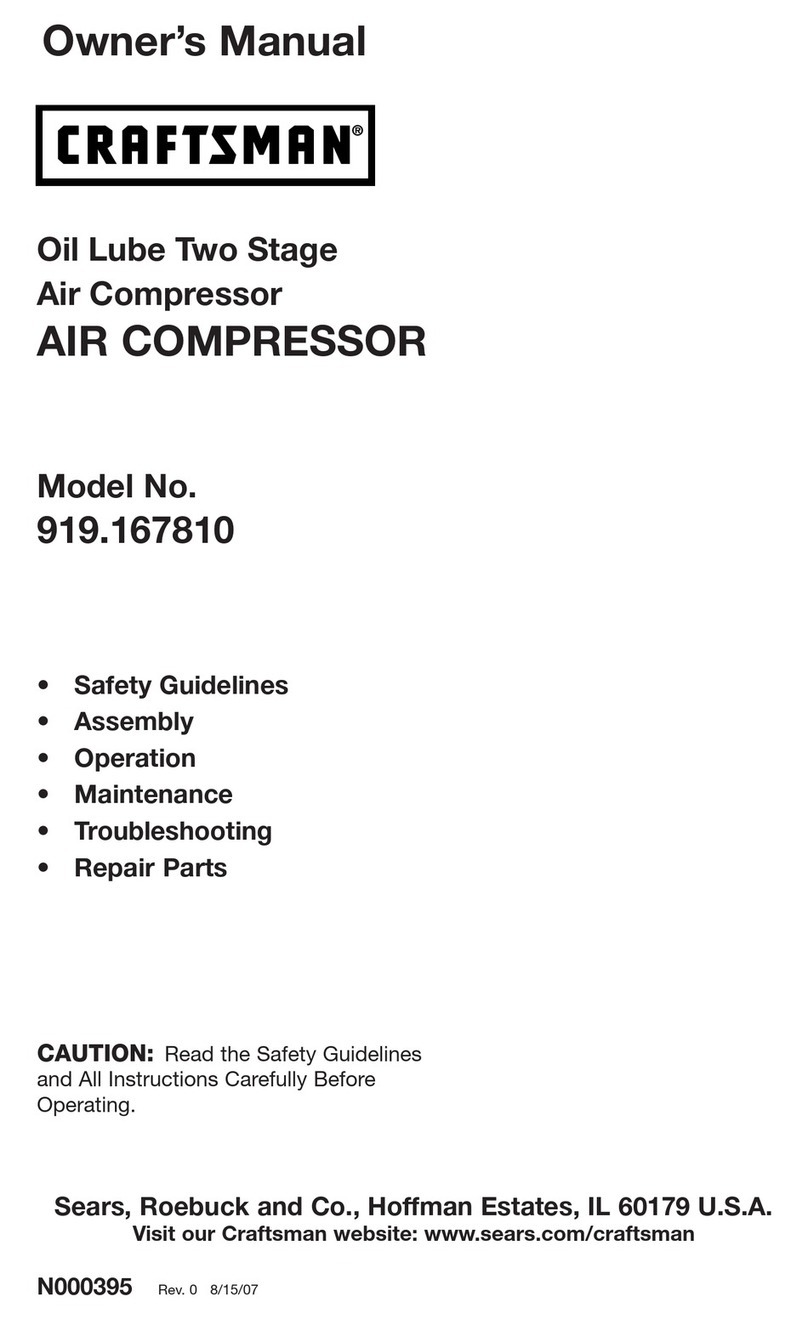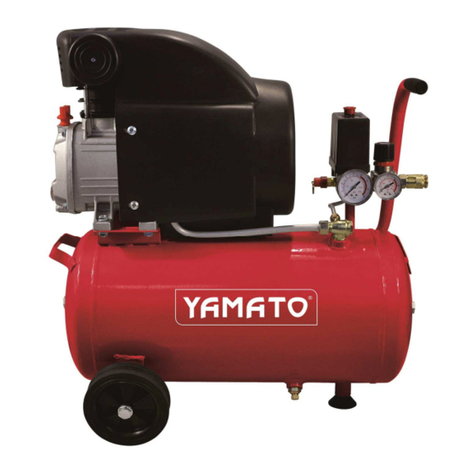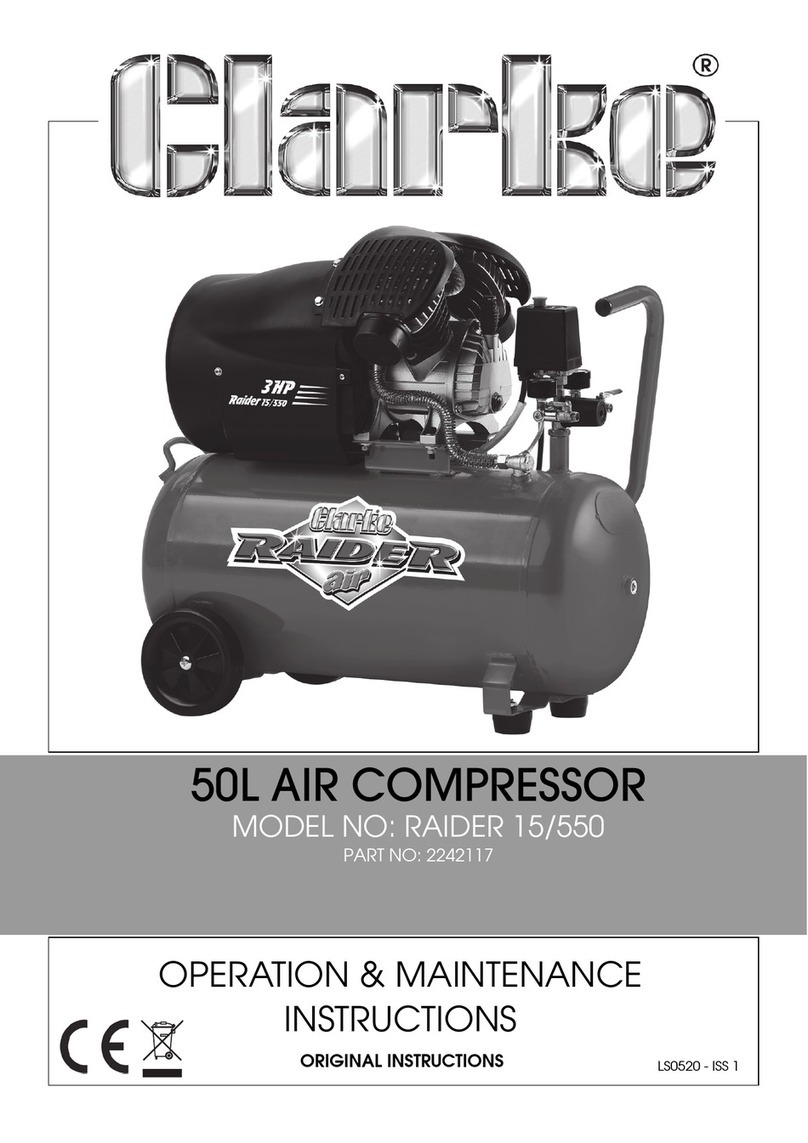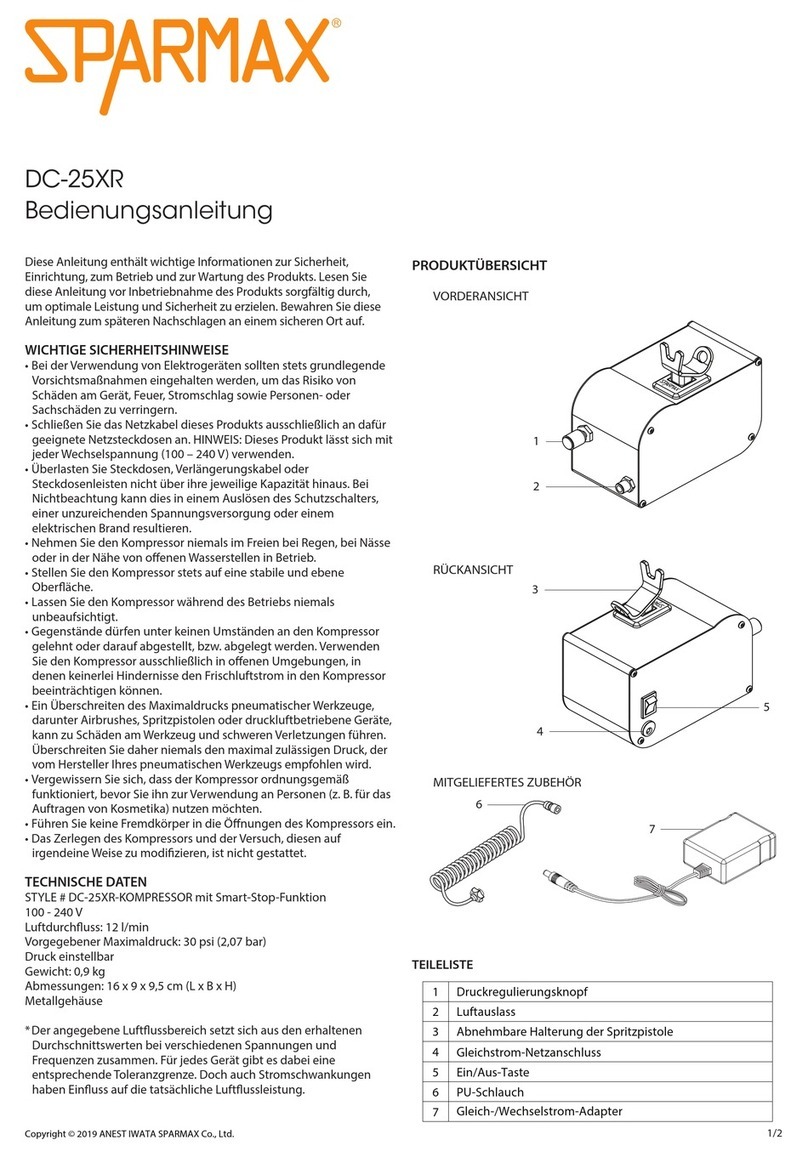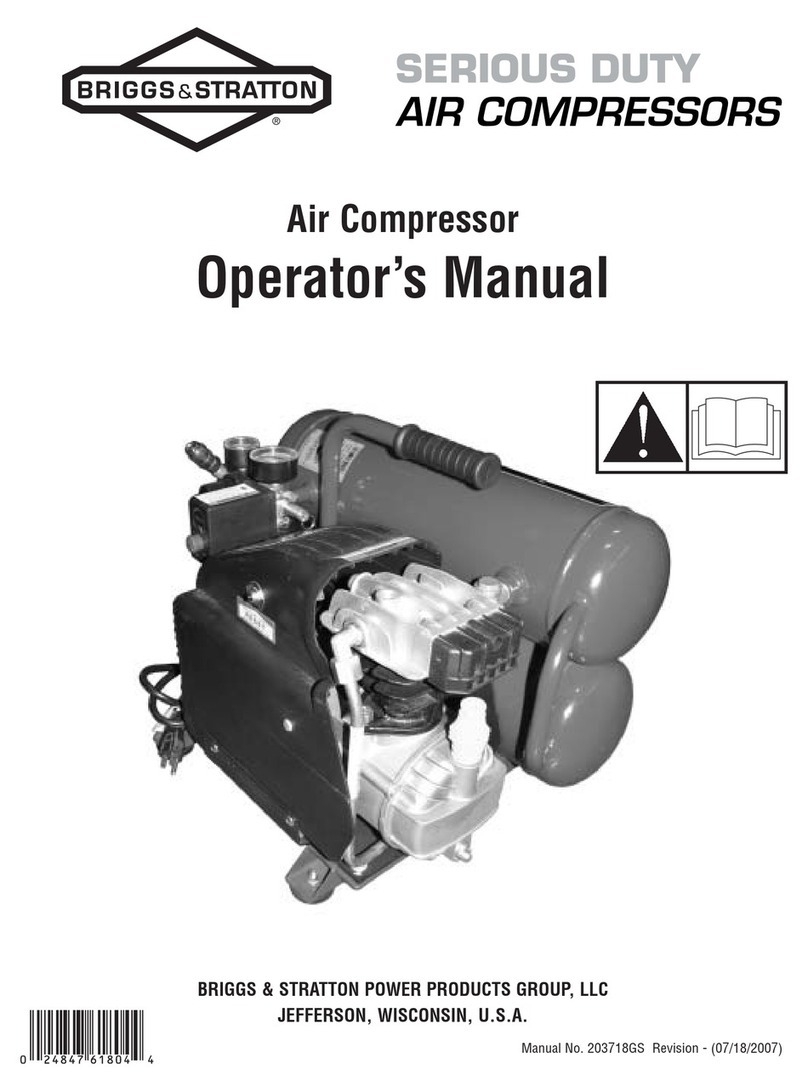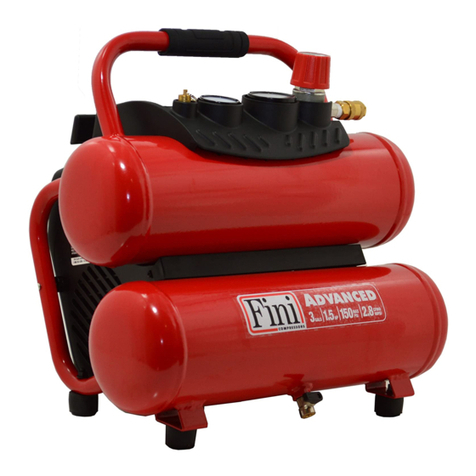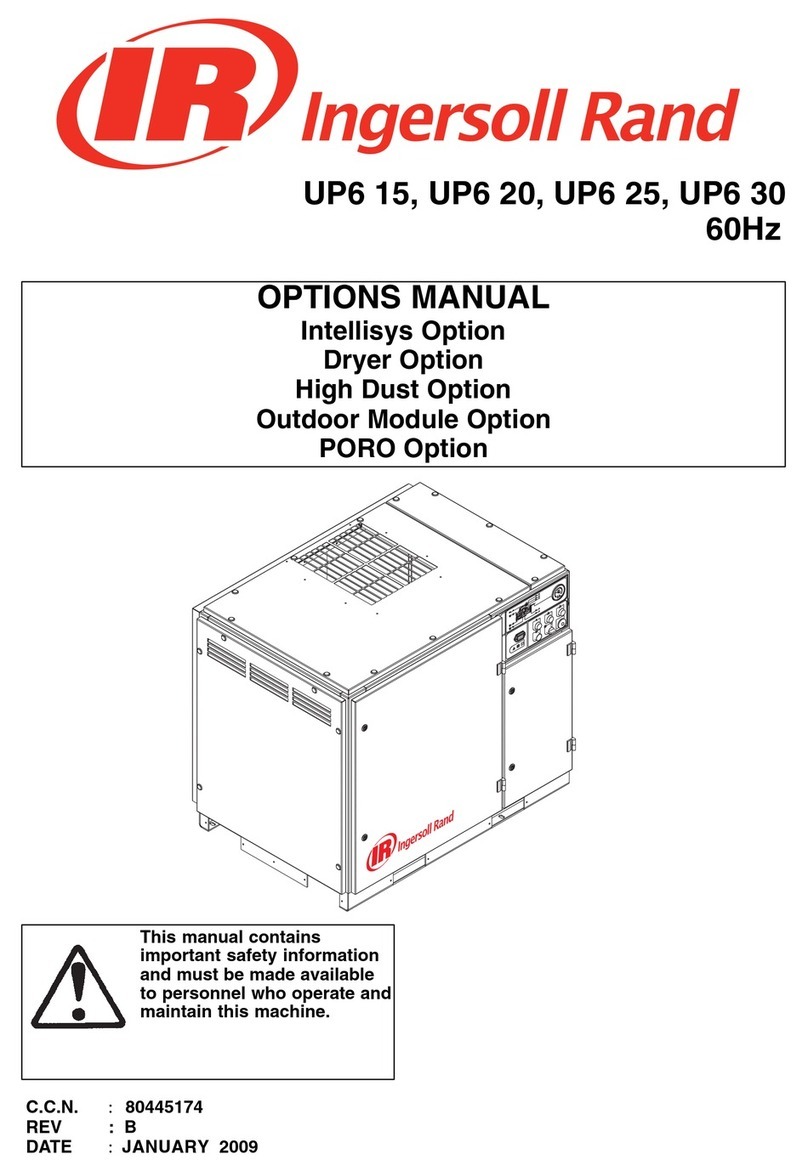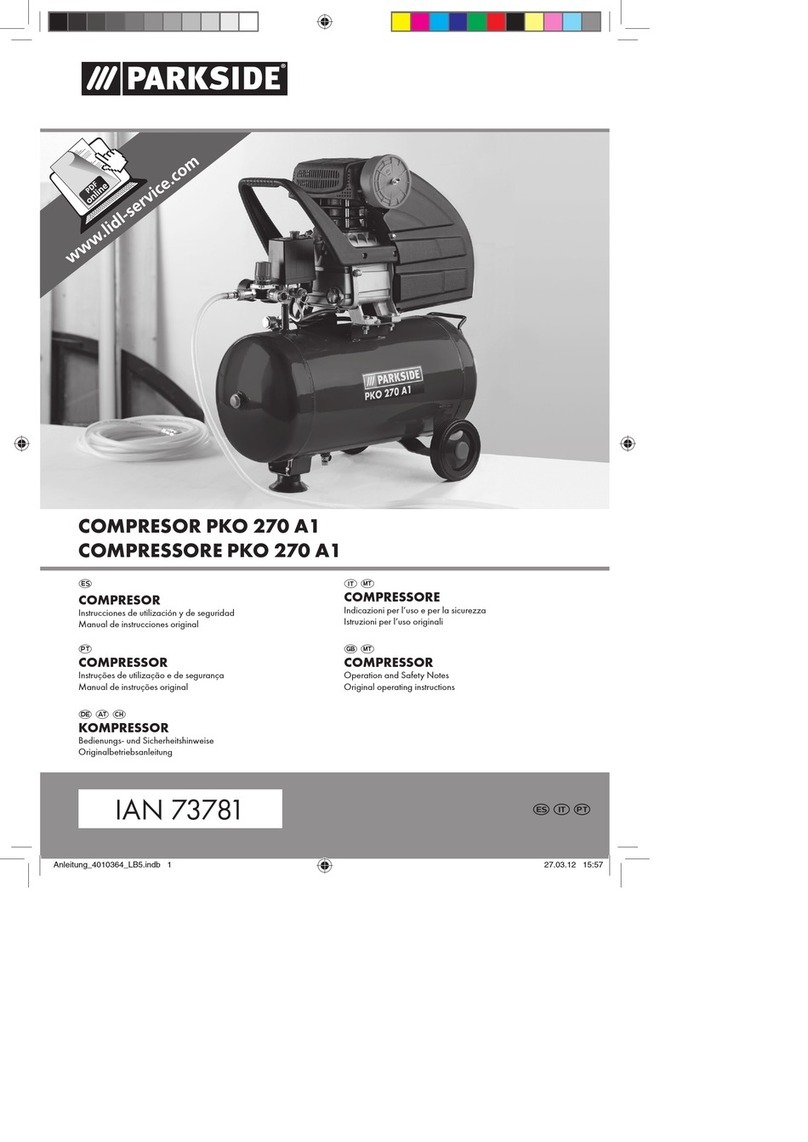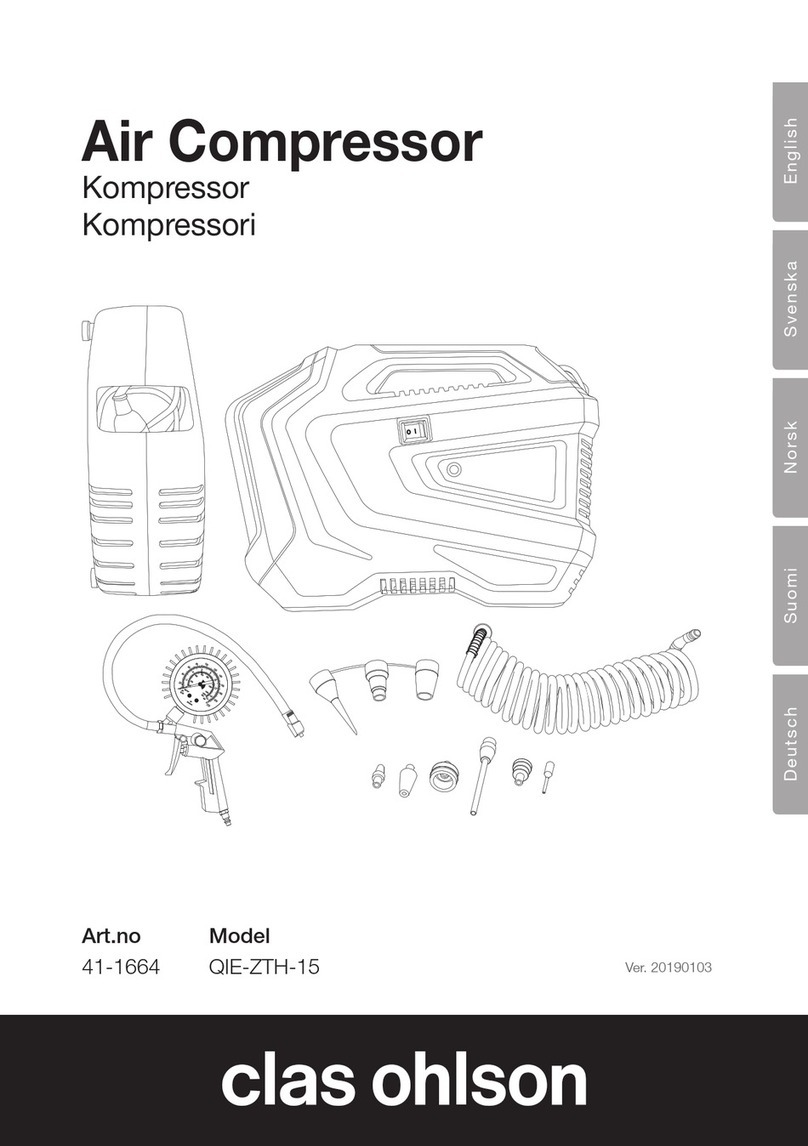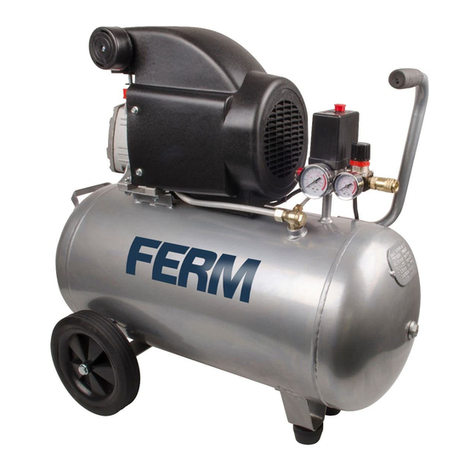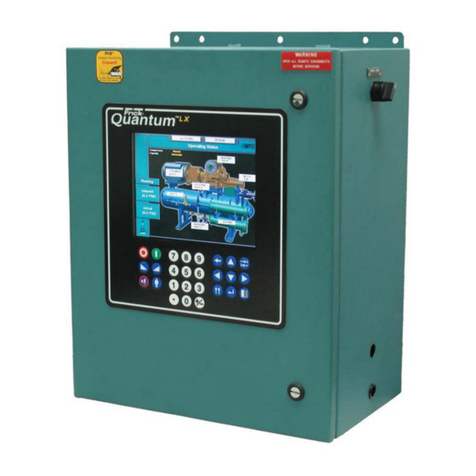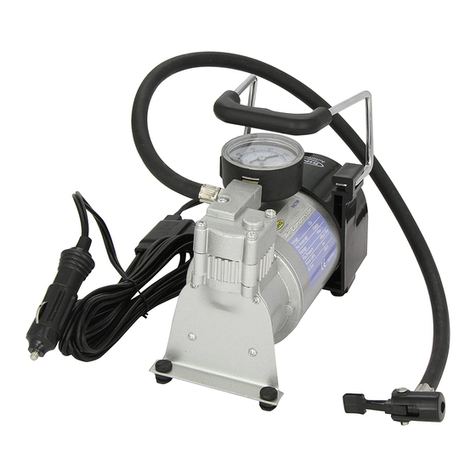
GENERAL INFORMATION
2 NP-DK50 DE-LF-9_02-2019
CONTENTS
1.GENERAL INFORMATION ........................................................................................... 3
PURPOSE ................................................................................................................ 3
CONTRAINDICATIONS AND SIDE-EFFECTS ........................................................ 3
OPERATOR'S RESPONSIBILITY FOR PATIENT SAFETY ..................................... 3
MARKINGS ............................................................................................................... 3
WARNINGS .............................................................................................................. 3
General safety warnings .................................................................................. 4
Electrical system safety warnings .................................................................... 4
WARNING NOTICES AND SYMBOLS ..................................................................... 5
USE .......................................................................................................................... 6
STORAGE AND TRANSPORT ................................................................................. 6
2.EQUIPMENT DESCRIPTION ........................................................................................ 7
3.TECHNICAL DATA ....................................................................................................... 9
4.OPERATION ................................................................................................................ 11
INSTALLATION AND FIRST OPERATION ............................................................ 11
Removal of transport stabilizers .................................................................... 11
Compressed air connection ........................................................................... 12
Electrical connection ...................................................................................... 12
First operation................................................................................................ 12
Adjusting the output air pressure ................................................................... 13
OPERATION ........................................................................................................... 13
Switching the compressor on ........................................................................ 13
Running the compressor ............................................................................... 13
Cleaning the compressor ............................................................................... 13
5.MAINTENANCE .......................................................................................................... 14
REPAIRS AND SERVICE ....................................................................................... 14
Cover removal ............................................................................................... 14
MAINTENANCE SCHEDULE ............................................................................... 14
Checking tightness of joints and inspecting the equipment ........................... 15
Replacing filter elements ............................................................................... 16
Changing suction filter elements.................................................................... 16
Securing the equipment before transport ...................................................... 17
SHUTDOWN ........................................................................................................... 17
EQUIPMENT DISPOSAL ........................................................................................ 17
6.TROUBLESHOOTING ................................................................................................ 18
7.SPARE PARTS ........................................................................................................... 19
8.ELECTRIC AND PNEUMATIC DIAGRAMS................................................................ 20
WIRING DIAGRAM ................................................................................................. 20
PNEUMATIC DIAGRAM ......................................................................................... 20
9.ELECTROMAGNETIC COMPATIBILITY DECARATION ........................................... 22
10.ANNEX ........................................................................................................................ 95
INSTALLATION RECORD ...................................................................................... 95

